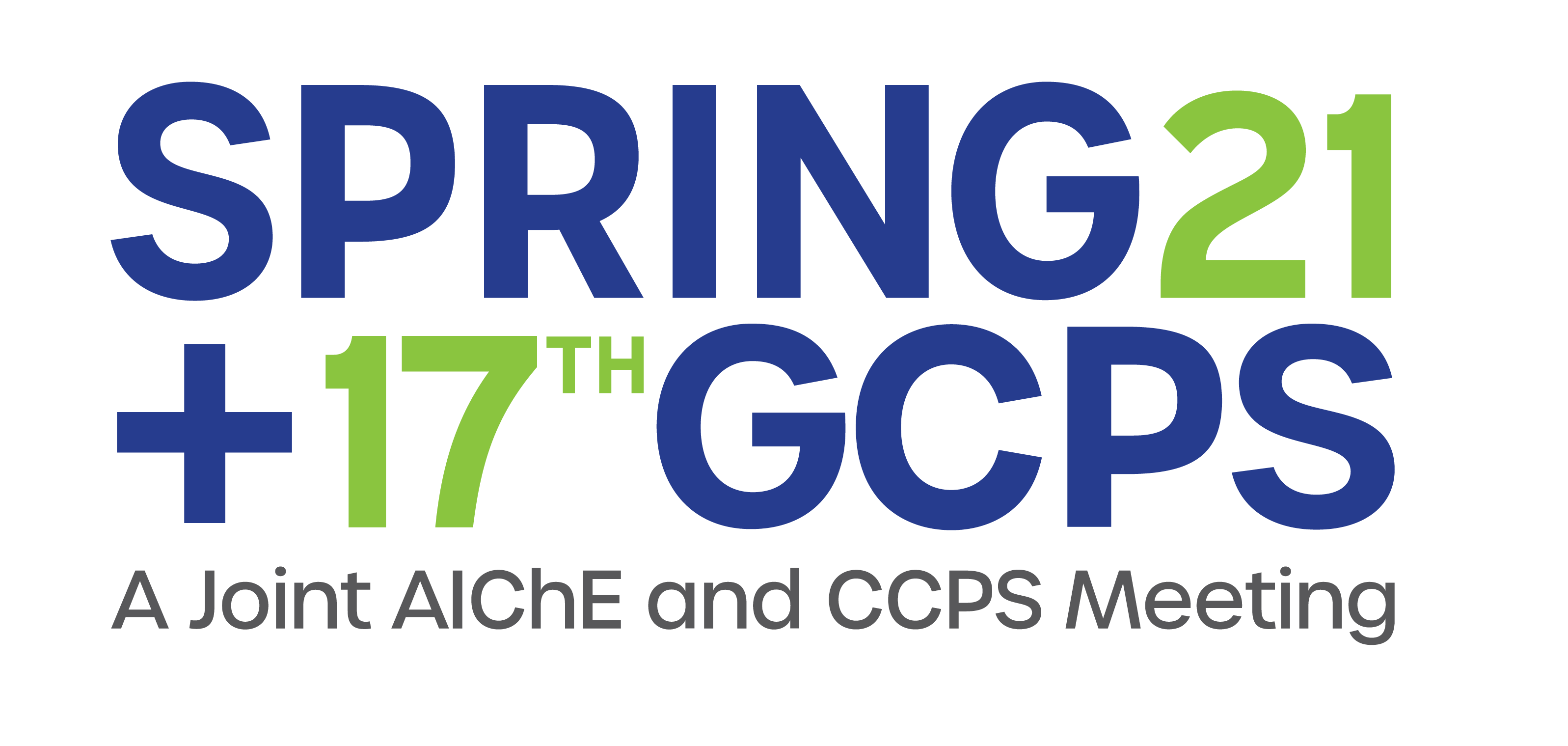

The CCPS Risk Based Process Safety (RBPS)
elements, in combination with engineering design considerations, are important
for the proper handling of Toxic Inhalation Hazard (TIH) chemicals. Numerous
fatalities and serious health effects have occurred in the process industries
through personnel exposure to toxic chemicals. A chemical classified as a TIH
can be particularly hazardous as the presence of some chemicals cannot be
detected through sight or smell. TIH chemicals are widely handled in process
units and transported by road, rail, marine, and pipeline. Fatal incidents
involving chlorine (Graniteville SC, 2005), hydrofluoric acid (South Korea,
2012), and methyl mercaptan (MeSH) (La Porte TX, 2014) emphasize the risks of
TIH chemicals if they are not handled with a sense of vulnerability and proper
care.
Application of the RBPS elements provides for a robust
approach for analyzing the risks associated with TIHs, with hazard
identification and risk analysis (HIRA) an essential part of the review to
quantify the consequences and associated risks. This is of increased concern
for transportation of TIH chemicals, which poses additional risks as an
accidental release may potentially expose a large public population. When the
RBPS review identifies a potential exposure of public populations to TIH
chemical transportation, a comprehensive quantitative risk analysis (QRA) can
be utilized to determine potential risk exposure and quantify risk reduction
measures as needed.
A transportation QRA involves the identification of hazard
scenarios and their potential consequences as well as the likelihood of impact
to the population distributed along the transportation route. The results are
typically presented as aggregate risk and location specific risk and compared
against risk tolerance thresholds to facilitate the decision-making process.
The combination of a RBPS review and comprehensive QRA of TIH chemical
transportation routes has helped companies understand if the benefits of their
transportation operations justify the associated risks and to optimize their
risk mitigation strategies.
This paper discusses the authors’ experiences of applying:
(i) good practices for handling TIH chemicals, (ii) a RBPS approach for
assessing TIH risks at chemical plants, including loading/unloading (railcars,
road tankers, ISO tanks), (iii) use of quantitative methods for TIH
transportation risk decision-making, and (iv) real case examples of potential
TIH risk reduction strategies.
Presenter(s)
Language
Pricing
Individuals
| AIChE Member Credits | 0.5 |
| AIChE Pro Members | $19.00 |
| AIChE Graduate Student Members | Free |
| Safety and Health Division Members | Free |
| AIChE Undergraduate Student Members | Free |
| AIChE Explorer Members | $29.00 |
| Non-Members | $29.00 |
